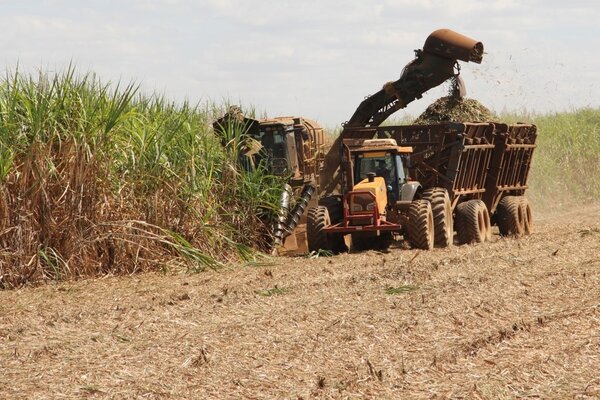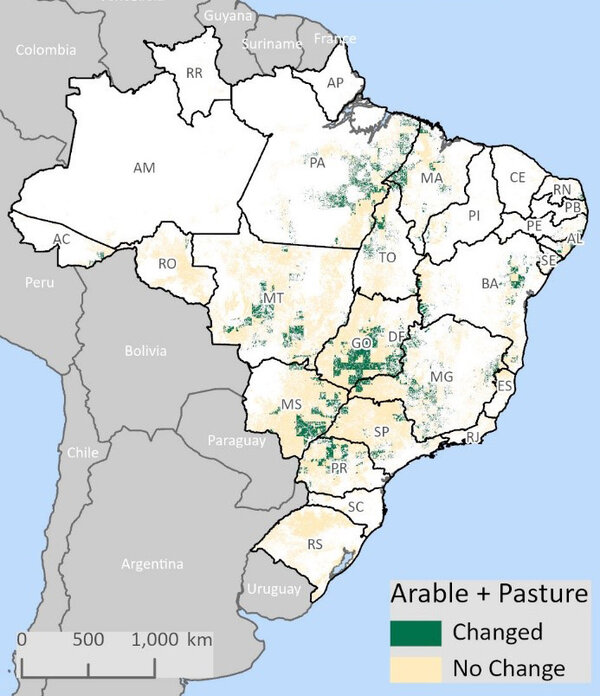Expertise
Forecasting land use changes in emerging and developing countries
Thomas de Witte, Yelto Zimmer (agri benchmark) | 11.05.2023
In developing countries, it is difficult to predict how land use will develop in the future due to a lack of data on production costs. For Brazil, this has been achieved through a model based on data from typical farms in the agri benchmark network.

Especially because of climate policy, it is becoming increasingly important for actors in politics, business and civil society to understand: What factors are driving global land use and what future land use can be expected under changing framework conditions? For example, it has been discussed for some time whether promoting the demand for biofuels can be a target-oriented climate protection measure. Another question is how land use will change if the relative yields of arable crops change because of climate change, as crops are affected differently. The exciting question then is how do farmers react to these developments?
This question is often very difficult to answer because the necessary site-specific data on production practices and cost is lacking. This is especially true for emerging and developing countries. However, this is precisely where most potential global land reallocations take place. So far, it has been almost impossible to make reliable predictions about the development of land use when previously non-agricultural land can be put into production.
In his dissertation, completed at the Thünen Institute, Samuel Balieiro used the example of Brazil to show ways in which future land use can be reliably forecast even with limited real economic data. He used data from typical farms from the agri benchmark network and a bio-physical plant growth model that considers soil qualities and weather data.
Farmers choose between soybeans and maize on the one hand and sugar cane on the other hand
Brazilian arable farming is dominated by the cultivation of soy, maize and sugar cane, with the first two crops being grown in succession in a given year. Based on agronomic studies climate change in tropical regions could lead to (a) soybeans having to be drilled later to avoid dry spells, and (b) decreasing corn yields due to less growing time. As a result, both soybean yields (-11.8%) and corn yields (-28%) would decline. In the subtropical, humid regions, on the other hand, soybean yields would probably benefit (+15%) and maize harvests would only decline by 8.7%.
Furthermore, there are indications in the scientific literature that climate change will have a yield-increasing effect on the cultivation of sugar cane. The question arises as to what consequences such a change in the competitiveness of the soybean-maize system vis-à-vis the cultivation of sugar cane is likely to have on land use.
The map documents the result of a corresponding modelling. It shows where land use changes are to be expected in the future. Regions where land use is changing are marked in green, areas without substantial change are marked in beige. The strongest changes are expected in the northern regions as well as in the mid-west of the country. In the Midwest, where soybean and corn cultivation have dominated until now, this system would be massively reduced in favour of sugar cane. In total, 26.8 % of the existing arable land would change use.
The overall results are published in Thünen Report 106.







